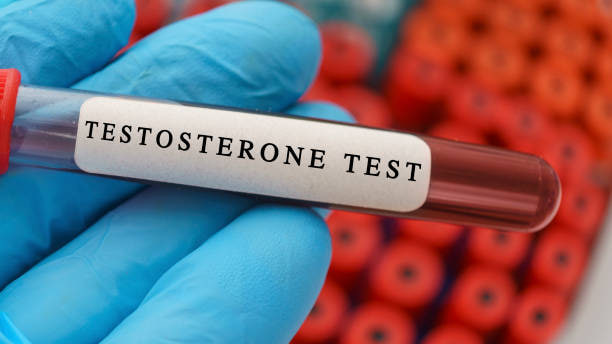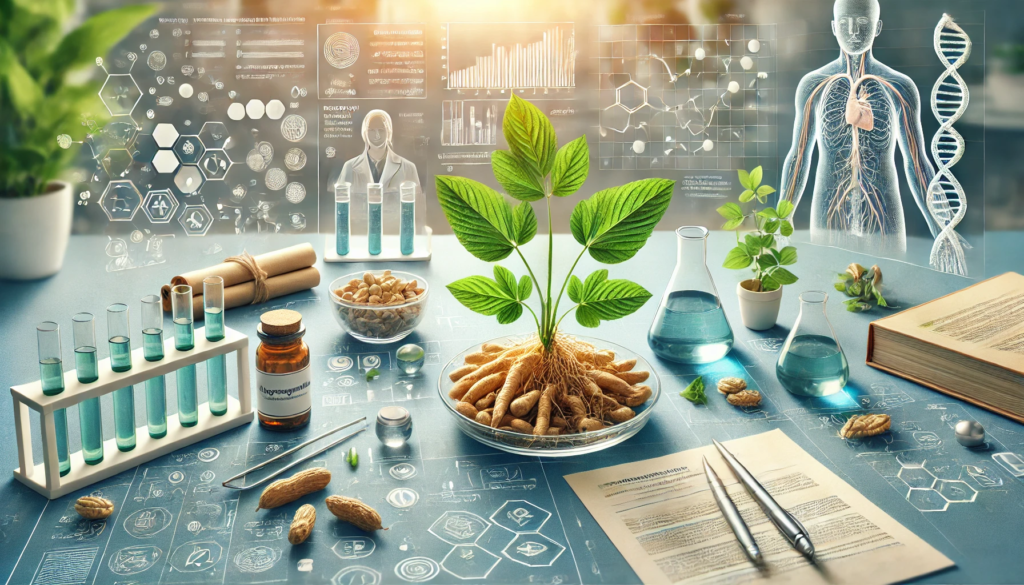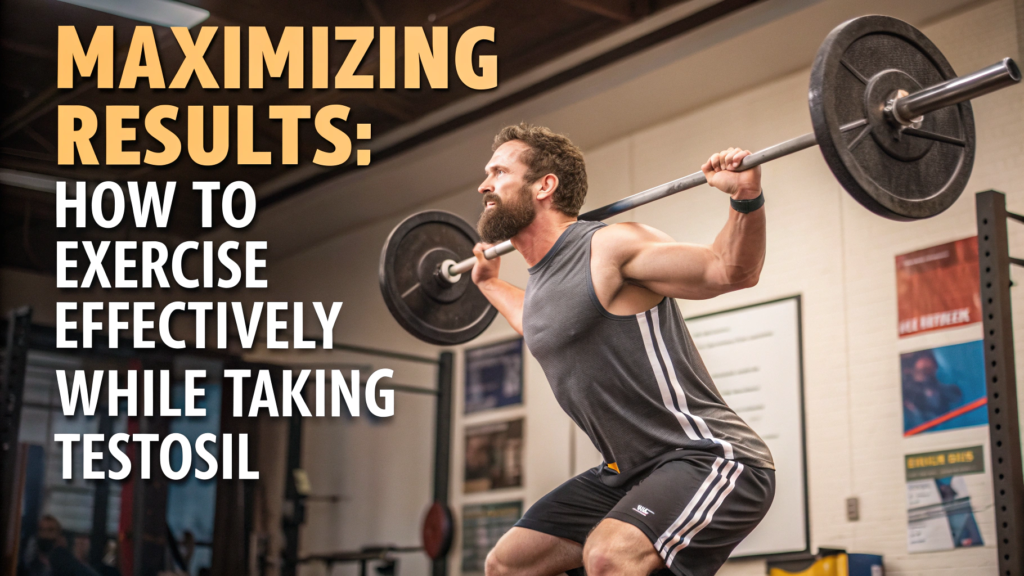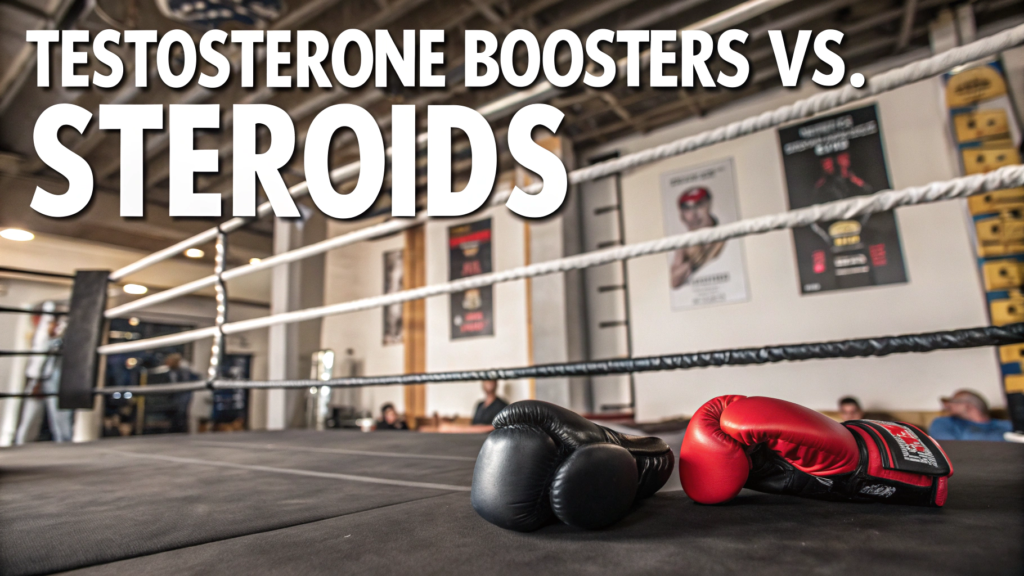Foundational research from the 1990s and early 2000s, led by Dr. Bill Kramer, showed that the higher the training intensity, so training with heavier loads, and the more muscle mass involved in the exercise, so training with compound movements for example, the more testosterone increase you see. The reasoning from there was fairly straightforward, since we know that testosterone is anabolic, aiming to increase it acutely should be weighted pretty heavily when it comes to designing an effective hypertrophy-focused training program. Naturally, I went on believing for several years that the reason why this style of training was so effective for me was that it was jacking up my testosterone.
It wasn’t until later that I realized that the level of testosterone increase seen with these training modifications just isn’t enough to increase muscle growth on its own, and that this heavy compound strategy is most likely effective for a different reason. It induces progressive tension overload and activates a large volume of musculature, with the modest testosterone increase being a mere side effect, so to speak. This is the more consensus view in the current scientific literature, as more recent data from West and colleagues out of McMaster University concluded that post-exercise increases in these hormones cannot be used as proxy markers for hypertrophic potential in human skeletal muscle.
And if you just look at some of their data, it’s clear that despite the fact that testosterone did increase with the training protocol that emphasized high intensity and large muscle masses, there was no difference in muscle protein synthesis between the groups. And just keep in mind that the increases in testosterone were acute, meaning they didn’t get elevated from the training and stay elevated, they simply spiked up and then came back down after an hour. Which seems almost definitely not enough of a chronic hormonal shift to do much for muscle growth.
So reading this made me curious how much of an increase you’d need to see gains from it. So let’s talk about some numbers. According to a 2017 paper, a harmonized normal range for healthy, non-obese American and European men aged 19 to 39 years old is 264 to 916 nanograms per deciliter.
And it’s not clear if increasing testosterone naturally within this range will do much in the way of increasing muscle mass, however, we do know that increasing it through exogenous testosterone supplementation does increase muscle mass. In fact, it might increase muscle mass better than training alone does. A landmark 1996 paper published in the New England Journal of Medicine split 40 men into one of four groups.
Group 1 trained naturally. Group 2 took 600 milligrams of testosterone every week and weight trained. Group 3 took 600 milligrams of testosterone every week but did not weight train.
Group 4 was the placebo group, they didn’t train or inject testosterone. The training program was a little weird, just four sets of six reps on the squat and bench press three times a week for 10 weeks, but some of the results were pretty shocking. The group that injected testosterone and trained saw, unsurprisingly, the most gains, and the placebo group saw, unsurprisingly, the worst gains.
However, what may surprise some people is that injecting 600 milligrams of testosterone per week led to a greater increase in muscle mass without any resistance training than resistance training naturally did. Of course, if more of an optimized training routine were provided, the results may have favored the trained and natural group more. However, based on this study alone, what we can say is that testosterone really works.
However, just look at the scale of increase we’re talking about here. At baseline, the concentrations were just around 500, and after 10 weeks of weekly injections, they were up to around 3,000 nanograms per deciliter. That’s an enormous increase, magnitudes greater than the acute changes you see from altering training methods, which only last acutely anyway.
But what I wanted to know was, would going from 600 to, say, 800 make any difference? Or, better still, would altering these levels anywhere within the natural, normal physiological range help me get more jacked? And after scouring the literature on this, the best answer I can give is maybe. It seems really likely that increasing a low testosterone level of, say, around 300 nanograms per deciliter or lower to a more average level, like, say, 600 nanograms per deciliter, might help. Bossen and colleagues were able to show that even in the absence of weight training, increasing testosterone levels from 306 to 570 nanograms per deciliter across 20 weeks led to a pretty big increase in fat-free mass, as measured by hydrostatic weighing and DEXA, of about 3 kilograms, or about 6.5 pounds.
So going from a hypogonadic level of 300 or less to a more normal range would help. However, it’s unclear whether or not going from a more middle-of-normal range to a more high-end-of-normal range would do much. So since we’ve already debunked the idea that acute increases around the training session do much of anything, the next thing I wanted to figure out was if there are other ways I could increase my testosterone naturally.
And since we’re on the topic of training, it does seem that overtraining is a bad idea. To give you some idea, overtraining in the literature has been defined as any increase in training volume and or intensity resulting in long-term performance detriments. And it turns out that if you overdo it too much for too long, testosterone drops off.
Overdoing training volume is worse for testosterone than overdoing training intensity. A study by Fry et al. showed that doing 10 one-rep max squats every day for two weeks didn’t change testosterone concentrations.
However, multiple studies have found that large increases in volume reduce testosterone. And such is the case when combining weight training with endurance training. According to the most recent work by Jones et al., it seems that combining strength and endurance training in the same session three days per week for six weeks doesn’t significantly decrease testosterone compared to strength training alone.
However, this is in contrast to earlier research that did report a testosterone decrease when combining weights and cardio. So it seems that if you’re simply doing too much training volume when combining the two, then physiological stress will increase to a point past which endocrine changes favor catabolism, namely a dip in testosterone and a spike in cortisol. So to reduce this effect, try to stick to lower-intensity cardio performed at a low to moderate frequency with shorter durations as much as you can, assuming your primary goal is muscle and strength gain.
So what about diet? Isn’t soy really bad for testosterone levels? Not really. The most comprehensive meta-analysis on this topic, which analyzed 32 studies, came to the general conclusion that neither soy foods nor isoflavone supplements alter measures of bioavailable testosterone concentrations in men. For something more tangible, examine.com states that 1-2 servings of soy food daily and less than 25 grams of soy protein from non-concentrate sources doesn’t impact testosterone and only seems to adversely affect testosterone when superloaded.
And soy protein concentrate, even when highly consumed, probably doesn’t affect testosterone because of its negligible isoflavone content, which is the compounds in soy that bind to the estrogen receptors, to begin with. But more to the point, it seems that the main dietary factors driving changes in testosterone are body composition and caloric intake. In a 12-month case study following a natural bodybuilder during contest prep, it was found that as his caloric intake went from 4,750 calories to 2,100 calories per day, taking his body fat from 14.8 to just 4.5%, his testosterone plummeted from 991 nanograms per deciliter to just 227 nanograms per deciliter.
That’s a 77% decrease. Rapid weight loss can also decrease testosterone. A 2008 study on competitive wrestlers found that just 2-3 weeks of caloric deficit caused a pretty huge 62% decrease in testosterone when caloric intake was limited to 500-1,000 calories per day.
On the flip side, since overweight individuals tend to have lower testosterone and chronic overfeeding has been shown to reduce testosterone, there seems to be a sweet spot in terms of body fatness and caloric intake that will be specific to the individual. But by my estimations, sitting somewhere between 10-15% body fat will be a healthy spot to optimize testosterone levels for most men. The macronutrient composition of the diet also seems to matter, with high-fat diets generally outperforming low-fat diets.
However, it seems that total energy intake is likely the main driver of these changes, and I think that as long as your fats are somewhere in the normal range of say 20-40% of caloric intake, testosterone levels can be optimized. There’s also a slight trend towards saturated fat increasing testosterone more than other fats, so including some saturated fat and sufficient fat generally may help in optimizing testosterone. However, remember that the magnitude of these changes is relatively small, with one study showing a low-fat diet to reduce testosterone by 12% in older men, and another study showing a higher-fat diet to increase testosterone by 13% in young men.





